Preserving the Past through Scrapbooking
Photo albums have always been a good way to create personal memories from pictures. However, scrapbooks are more able to provide a story behind the pictures as other mementos and design features are freely incorporated into completing them. Scrapbooking has attracted enthusiasts of varying backgrounds which just proves that creating memories and the desire to preserve the past is not merely confined to a certain age group or gender.
History of Scrapbooking
A scrapbook traces its origin from at least two similar forms of compiling personal information and memorabilia – the commonplace books which became popular in the 15th century and friendship albums which gained popularity in the 17th century. While the former contained mostly quotations, poems, recipes and letters, the latter encouraged friends to place their names and illustrations on the album pages. Hair weavings were also sometimes included by creative young women. A later development by James Granger in 1775 wherein he created a book with several blank pages which can be personalized by owners through their own memorabilia gave rise to a practice known as grangerizing.
It isn’t quite clear exactly when the term “scrapbooking” came to be although the peak in its popularity happened sometime in 1880. The scrapbook was understood to be a blank book where important newspaper articles and pictures where placed for preservation. When scraps from printing jobs were used to decorate the book pages, the practice paved the way for scrapbooking as we know it today. A book by John Poole published in 1825 entitled “The Scrapbook” laid the ground for the popularity of the term used to call this age-old hobby. The introduction of photography by George Eastman and the availability of an easy to operate Kodak brownie camera cemented scrapbooking’s place in hobby history.
Contemporary Scrapbooking
The interest in scrapbooking greatly lessened in the 1940s and was only resurrected in 1980 by Marielen Christensen through the display of her family’s more than 50 albums or scrapbooks in the World Conference on Records held in Salt Lake, Utah. She capitalized on the popularity generated by her exhibit to publish a book entitled “Keeping Memories Alive” and went on to open a scrapbook store in 1981.
She openly promoted the use of scrapbooks as a way of preserving family history, records and memories. Scrapbooking also provided a means to build social networks when hobbyists started to do their activity together. The scrapbooking industry is now acknowledged to be a billion-dollar industry with scrappers, as scrapbook hobbyists are known, continue to drive it forward with demand for high-quality supplies. Scrappers never had it so good as now with the wide availability of albums, pages and page protectors, and embellishments, In-demand supplies include acid-free papers, ink, and embossing powder since it will ensure protection of pictures against damage.
Digital Scrapbooking
Modern technology has not exempted scrapbooking from its reach. Scrapbooks in digital form are becoming quite common especially among those who are adept in image editing and who may not be looking forward to the demands of handling a physical scrapbook. Through the use of scanners, page lay-out programs, and desk top publishing, digital scrappers can easily produce their own scrapbooks and share it instantly online.
The results of these efforts can also be converted into physical form and can be bound like a traditional scrapbook. The only difference is that every page has been designed and printed to look like a scrapbook page without the usual efforts of cutting , pasting ,and arranging manually. With the proper software, changing a page layout is quite easy.
Genealogy and Scrapbooking
One particular reason why scrapbooking remains popular through the passage of time is the human interest on genealogy. Genealogy is the study of families in relation to tracing history and lineage. The interest in genealogy stems from the human desire to establish family identity and legacy.
A sense of responsibility pervades in providing accurate accounts of family and personal history. Genealogical research can make use of family scrapbooks which provides real stories and actual accounts of events which may not be known to others. They are most useful when they are done during the time that such events happened since the passing of time affects human recollection. Scrapbooking is a good recording option since it does not invite boredom by recording in pure text and instead encourages creativity while preserving the past.
My Say
A scrapbook can contain only so much memorabilia but what they represent can extend to memories of a lifetime.
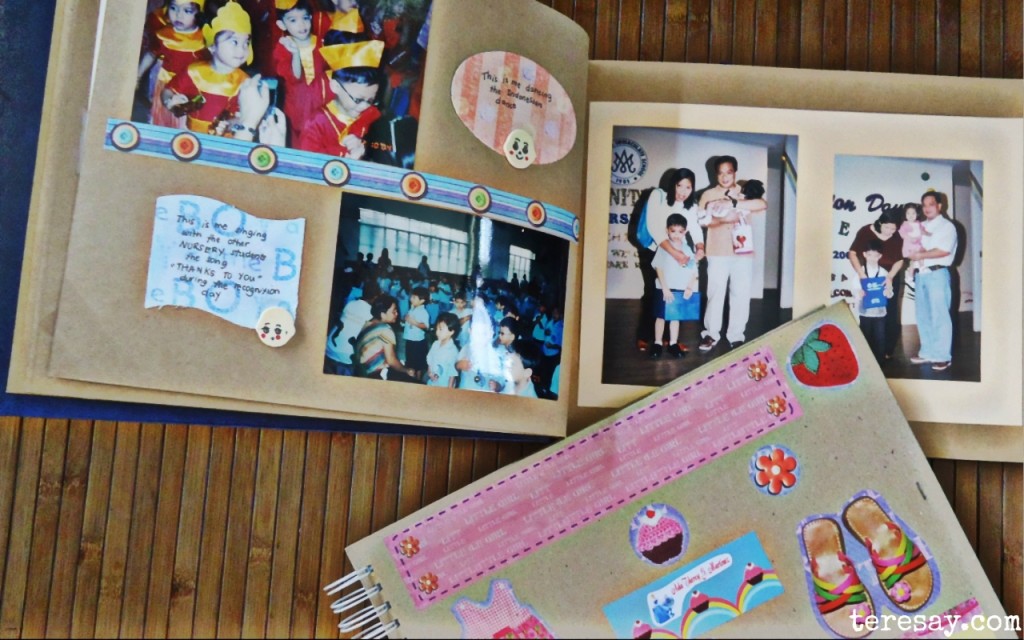
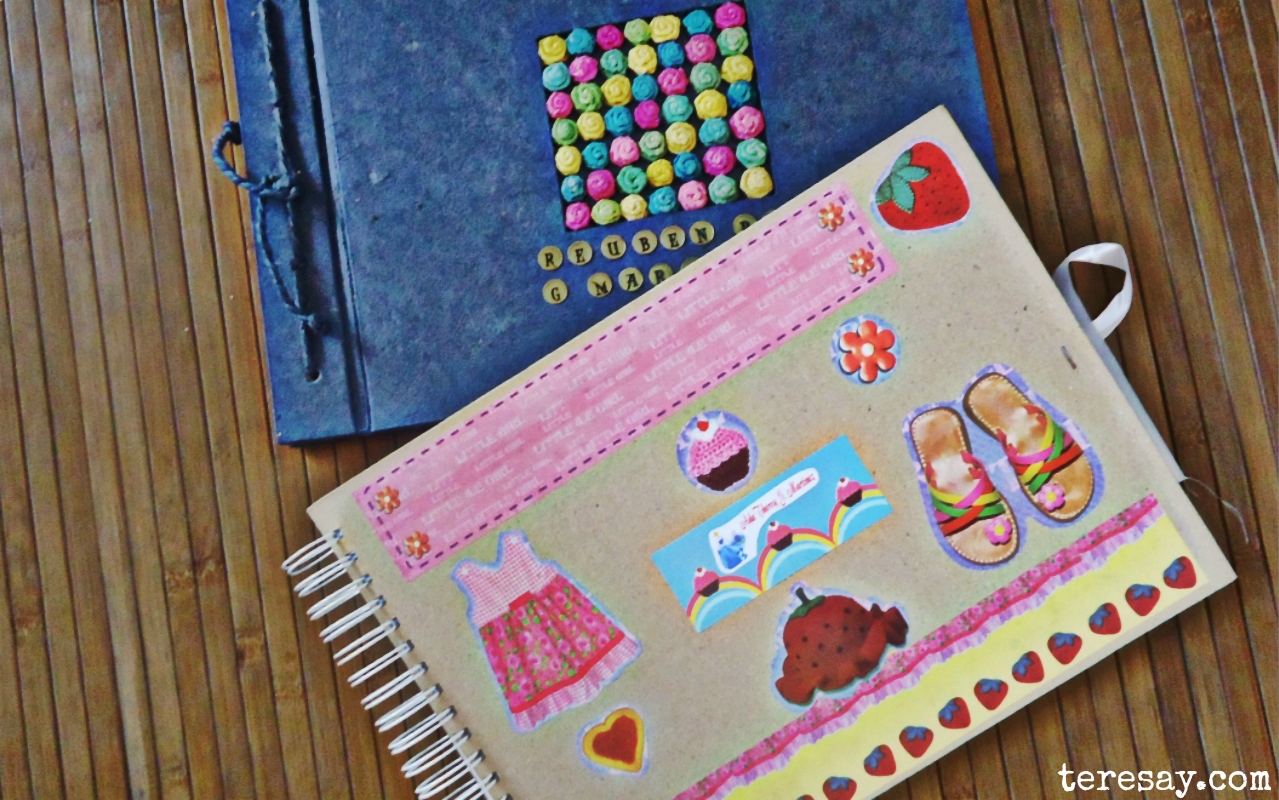



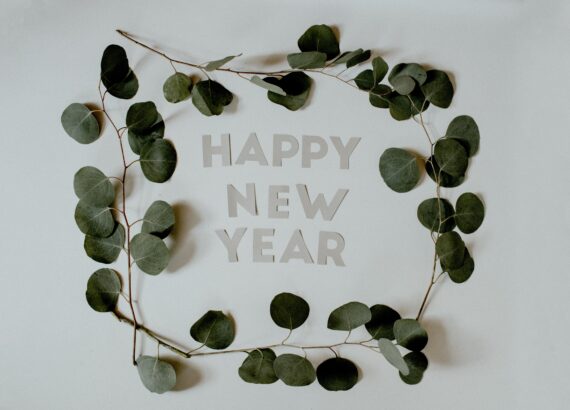

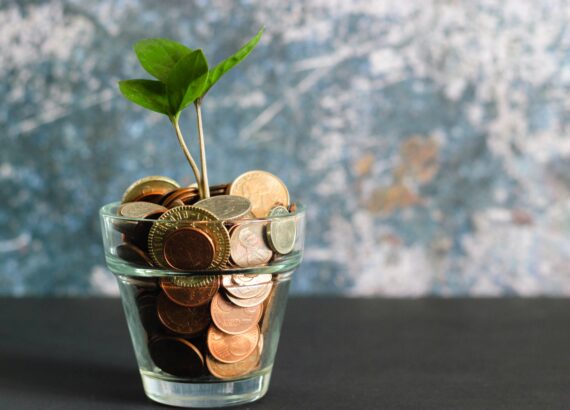

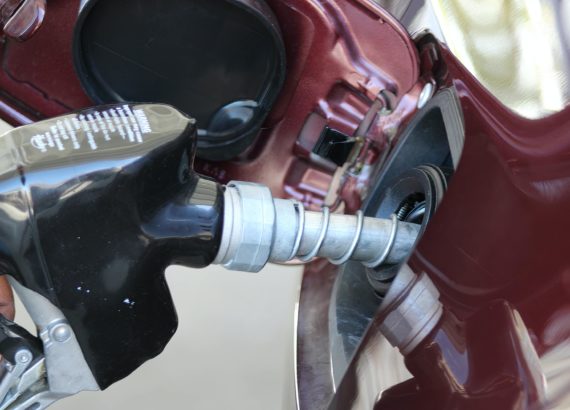

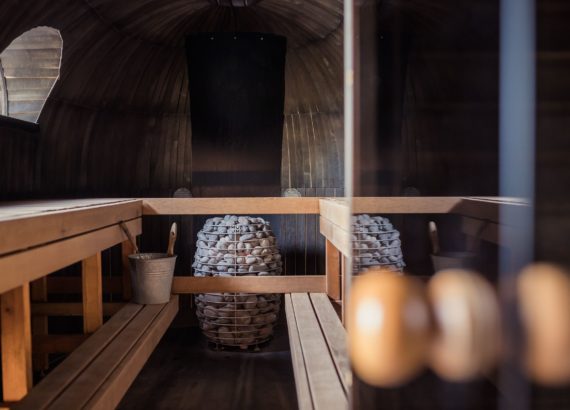
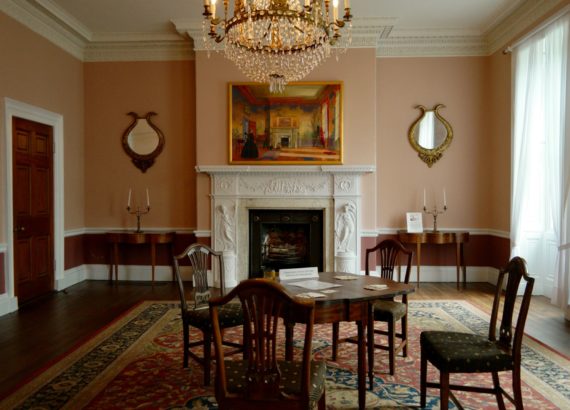
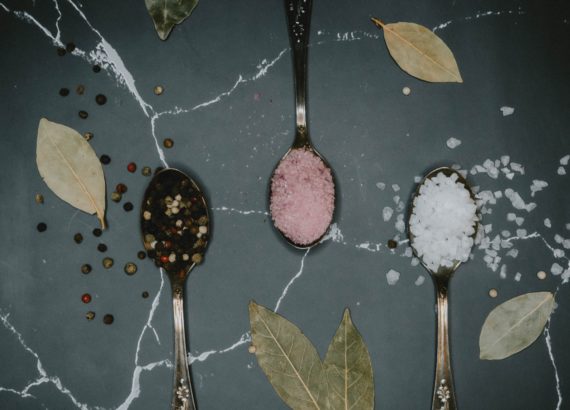
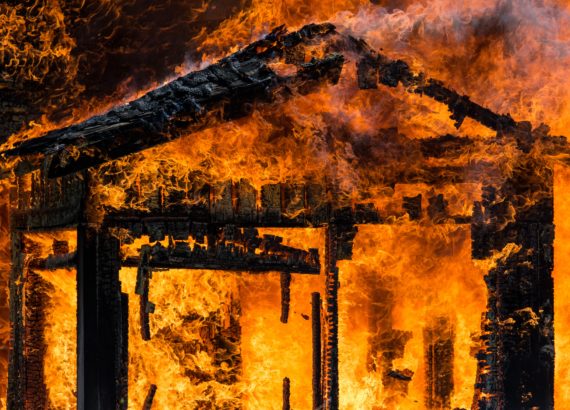
emzkie
i love digital scrapbooking! but i havent tried printing some of my works yet.
Teresa Martinez
I hope to see them when you’re done.
Shela
I always love scrapbooking ever since much more you can doit either online or offline really nice!
Teresa Martinez
There are so many scrapbooking options today that it is so much more fun but their is absolutely no need to buy supplies that are too expensive.
Sumi
I used to make and keep a scrapbook back when I was in grade school. However, come high school, college and the present, I became lazy with scrapbooking >.< Hopefully I'll get to start making them again and preserve memories.
Teresa Martinez
It’s never too late to start again… and again… and again. Scrapbooking is such a forgiving hobby, you can always pick up where you left off.
les
I tried to create scrapbook once, but they were not as beautiful as this. I’m not really artistic 🙂
Teresa Martinez
I had a time in my life when I was into crafts when my children were babies. Now,I hardly find the time.
Marie
I had once planned to do this but it never came to fruition, unfortunately…when I get more time in my hands, i certainly will…
Teresa Martinez
All of us hope we have more time in our hands to pursue our interests.
dorry lyn
wow thank for this post post about scrapbooking its history and kind..
Teresa Martinez
I’m glad you find it useful.
Zoan
If you haven’t tried albums na yung ng sti-stick yung parang cellophane they can be good alternative for scrapbooks;) you can some designs in it too.
Teresa Martinez
I should probably look into this. Thanks for the tip.
joy
those are indeed a very good idea because as internet snatched the popularity of keeping photo albums, i think it is time to make those pictures more appealing and fun to look at and scrap booking is an excellent solution!!!
Teresa Martinez
The old ways need not disappear with time even with the emergence of new technology.
jheylo
scrapbooking is fun, i love that too but most of the time i do it online like collage. your scrapbook is cute
Teresa Martinez
Glad to know you have it both ways.
Chie
It is good to know more about scrapping. I have been scrapbooking for years but i didn’t know of its history really. I like scrapbooking both digital and paper or traditional.
Teresa Martinez
If we really like something, chances are we like in its various forms.
melandria's musings
i love scrap booking too but with my busy time now, i rarely had the chance to sit down and create another one.
Teresa Martinez
The time element is really our “enemy” in pursuing a hobby. Maybe the future hold some free time for you.
Mel Cole (@melcoleofpausa)
awesome hobby you have sis. i miss scrapbooking. if only I have time. but I do digital scrapbooking sometimes so I can have something to show with church friends and family gatherings.
Teresa Martinez
That is really good. Hope to see samples of your digital scrapbooks.
jem alvarado
You have a very nice scrapbooking. It reminds me that I should be finishing my family scrapbook. This is also a great past time or hobby if you have spare time.
Teresa Martinez
I really enjoy doing it but time is really such a scarce commodity nowadays.
Maria Teresa
Scrapbooking is one of the things I’d like to do but haven’t found the time yet to do; that’s because I’m busy with work and family. Sigh!
Teresa Martinez
Maybe in the near future, you will find some time. If not, do it one page a time so there’s not much pressure.
ma.diwata
i love scrapbooking but these days im more into art journaling. try it!
Teresa Martinez
How is this art journaling done exactly? I would love to have more information.
Mary Anne Vinzon
Thanks for the info about the origin of scrap booking,it was the first time I heard.Scrap booking is a way by which you treasure all the memories.
Teresa Martinez
I’m glad you found something of use in this post and yes scrapbooking helps preserve our memories.
nuts
I love scrapbooking but I just find it a big pricey keeping this hobby. I still prefer the old way of keeping memories this way than digital though. I really should find time for this.
Teresa Martinez
Prices of most supplies lean on the expensive side so we can probably be more creative by finding ways to design our scrapbooks from less costly materials.
Zoan
I love scrapbooking;) pero ang mamahal na ng mga gamit at designs nung naging uso. So i cut old magazines and newspapers nalang to create my own;) pero now I prefer albums and put some stories behind it nalang.
Teresa Martinez
There are no strict rules in scrapbooking so we can proceed with it the way we want to. There are certain supplies though that are worth their price like the papers or albums that protect photos and decors placed on the pages.
Mommy Pehpot
been a while since I made a scrap book.. that’s for my first born, planned on having another one for my other kids but never had the luxury of time 🙁